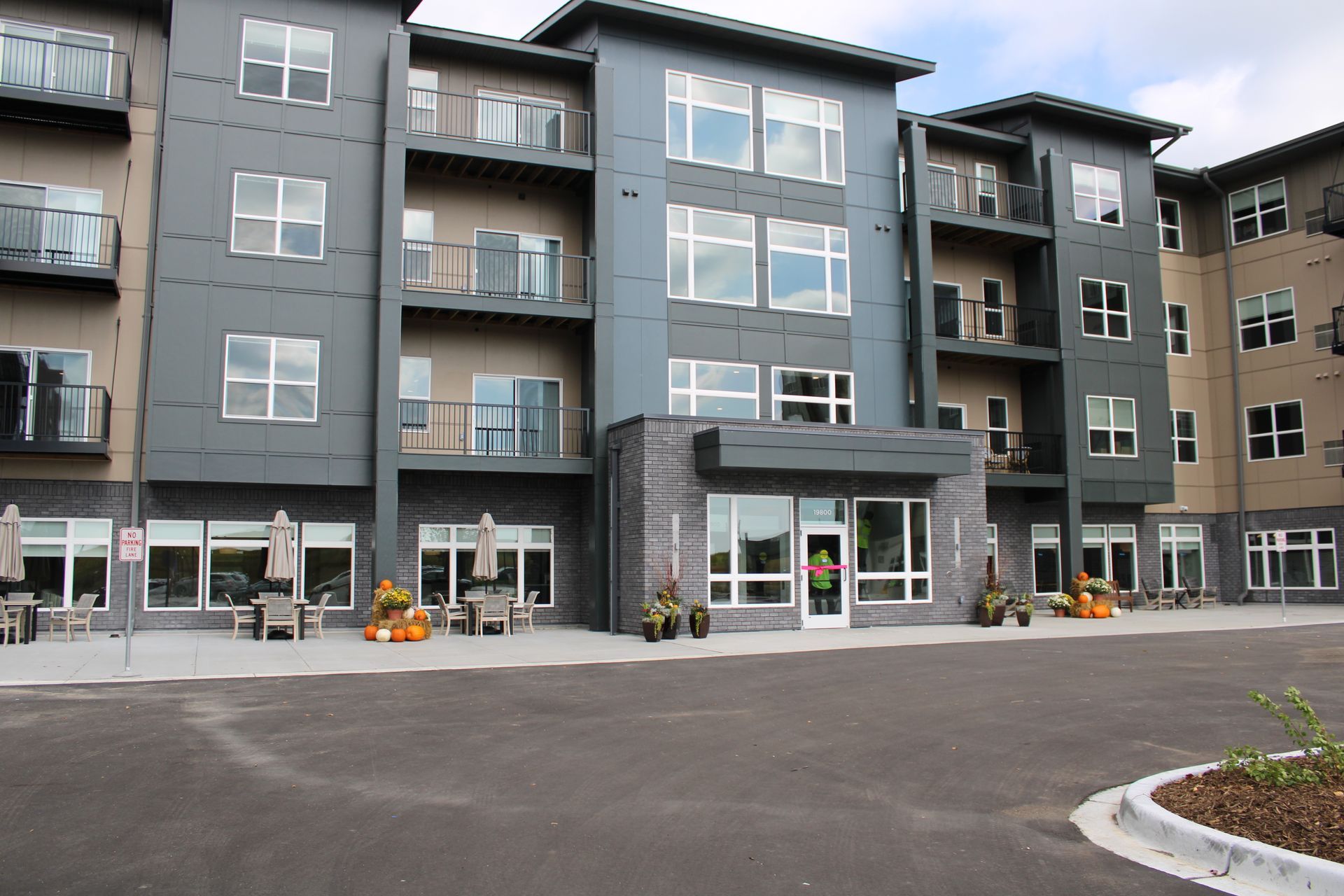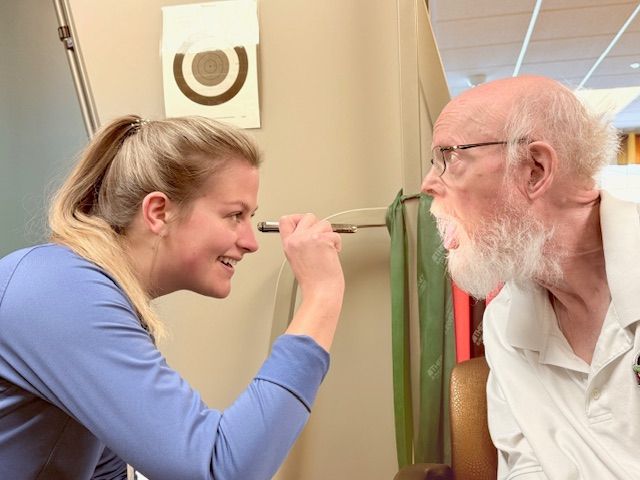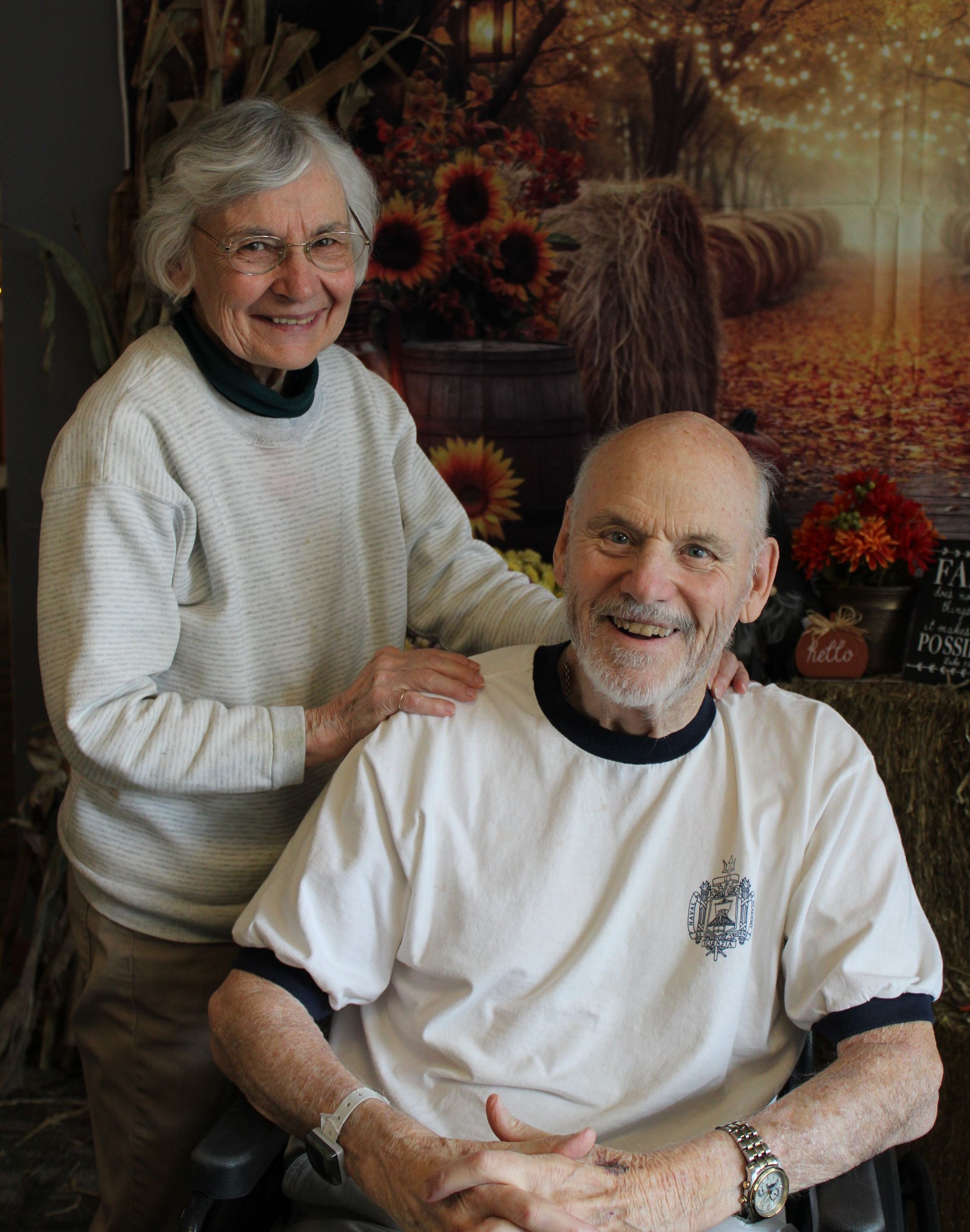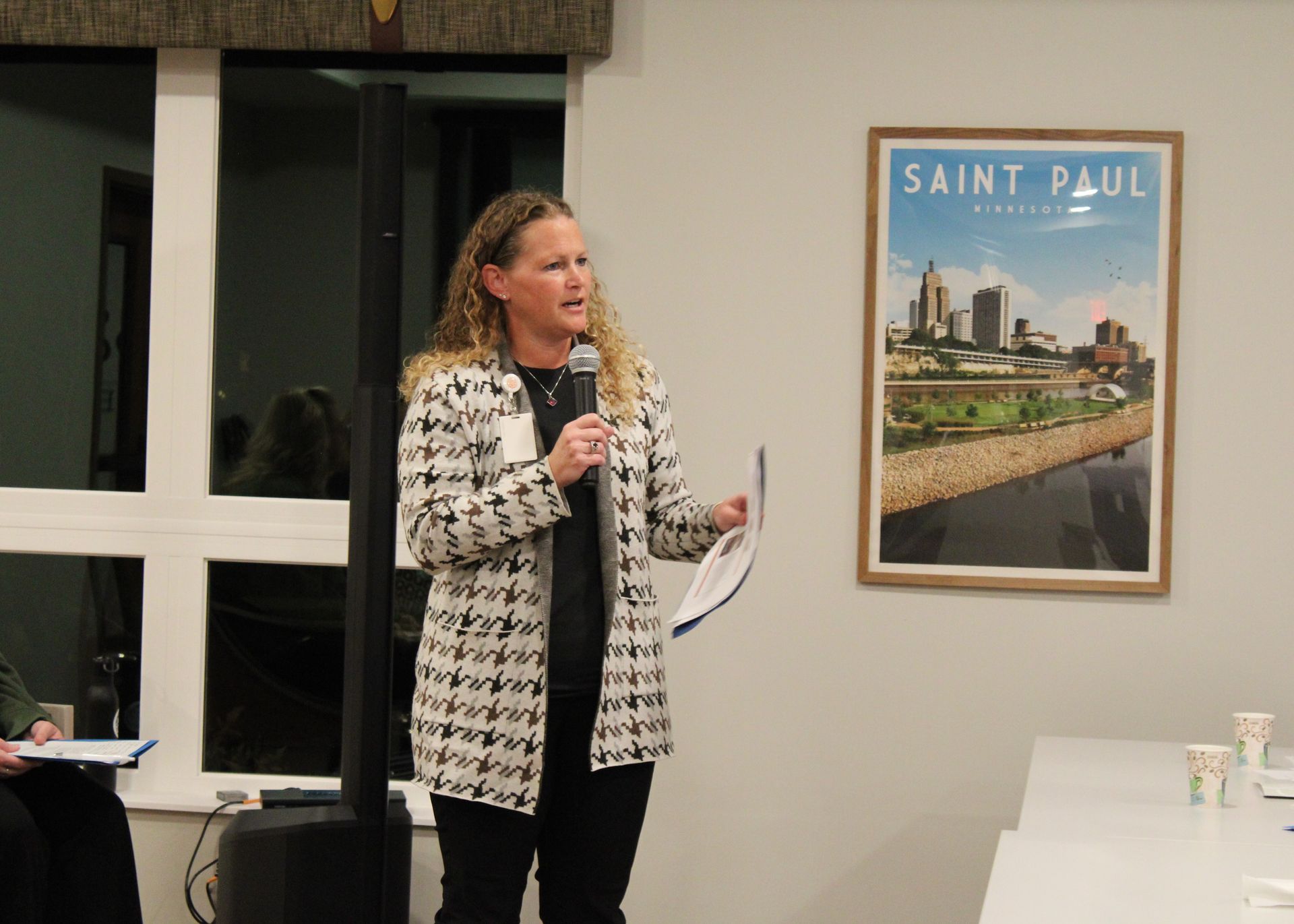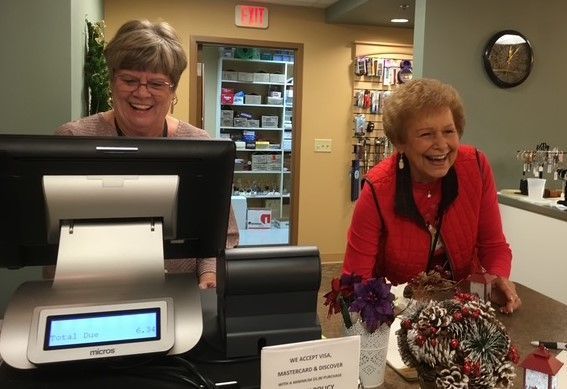
A Legacy of Love and Service
The Saint Therese Auxiliary Lives On
Auxiliaries. It's a word you don’t hear much anymore. But in their time, these volunteer groups played a vital role, offering fundraising, advocacy, and hands-on help to the causes they supported. They became especially prominent during World War I, when communities rallied around hospitals and the war effort, and continued into peacetime, backing civic and charitable organizations.
At Saint Therese, that spirit took root in 1967, when a group of women formed the first Auxiliary to support the residents of our senior community in New Hope. Their guiding mission was to promote the Christian philosophy of total patient care to older adults and to interpret that care through programs that benefited the community.
Nearly sixty years later, their work, their friendships, and their legacy are still being felt—even as the group prepares to formally disband.
For longtime members like Mary Hartkopf and Sharon Dukinfield, being part of the Saint Therese Auxiliary was more than volunteering—it was a calling. Hartkopf began her journey in 2002, having made it one of her personal goals to serve at Saint Therese. Dukinfield joined not long after.
“It felt like being part of something bigger than ourselves,” Sharon said. “We weren’t just giving time, we were making a difference.” From the care center to the apartments, the Auxiliary stepped up. “If there was a need, we tried to fill it,” said Mary.
And fill it they did. At its peak, the Saint Therese Auxiliary had well over 250 members. These volunteers ran the gift shop, hosted social events, funded innovative programs, organized fundraising efforts that directly supported residents’ needs and hosted outings for residents that weren’t able to get out as much, such as Twins games and lunch at The Sunshine Factory. Their gifts over the years included specialized furniture, a 12-seat bus, umbrellas for the patios, an organ, decorations, innumerable TVs, art and music therapy programs and new technology.
Now, with fewer than ten active members and a shifting organizational structure—including the transfer of ownership of New Hope—the Auxiliary can no longer operate as it once did. Yet its impact is far from over. The spirit of the Auxiliary will live on through two permanent endowment funds for Minnesota-based communities, ensuring the work of these dedicated volunteers continues for generations.
- The Saint Therese Auxiliary Caring Fund Endowment was created to support residents struggling to afford senior care. The principal of the endowment is $85,000, and each year a portion of the fund’s investment earnings will be distributed to help those in need—ensuring the gift continues to give in perpetuity. “We realized people were having a tough time and we wanted to continue helping in a way that would last. It represents who the Auxiliary was—something lasting, something we can feel good about,” said Mary and Sharon.
- The Donna Stelmaszewski Auxiliary Endowment Fund, funded through a bequest from a beloved member, ensures entertainment and resident life parties—those little extras that bring joy—will continue. “Donna was our party person,” Mary recalled with a smile. “She brought in money for resident events.” The current principal amount is approximately $56,000 and like the above Caring Fund endowment, only a portion of the annual earnings is distributed—providing ongoing support for programming Saint Therese might not be able to fund.
While the group may be dissolving, its mission has been carefully, lovingly preserved. “This was homegrown,” said Sharon. “From day one, this was about people caring for people.”
The women of the Saint Therese Auxiliary stand on the shoulders of those who came before them—women like Betty Hidding, Ursula Choromanski, Pat Popp and Mary Dotyondy and so many others.
The Auxiliary may no longer gather, but its legacy lingers in the halls, the laughter at resident events, and the quiet comfort of knowing that someone cared enough to leave something behind.
“It’s hard,” said Dukinfield. “It feels like losing a part of yourself. But we know we’ve done something good.”
And that good will carry on — for generations to come.
Editor’s Note: This article originally appeared in The Rose, The Saint Therese Newsletter, Spring/Summer 2025
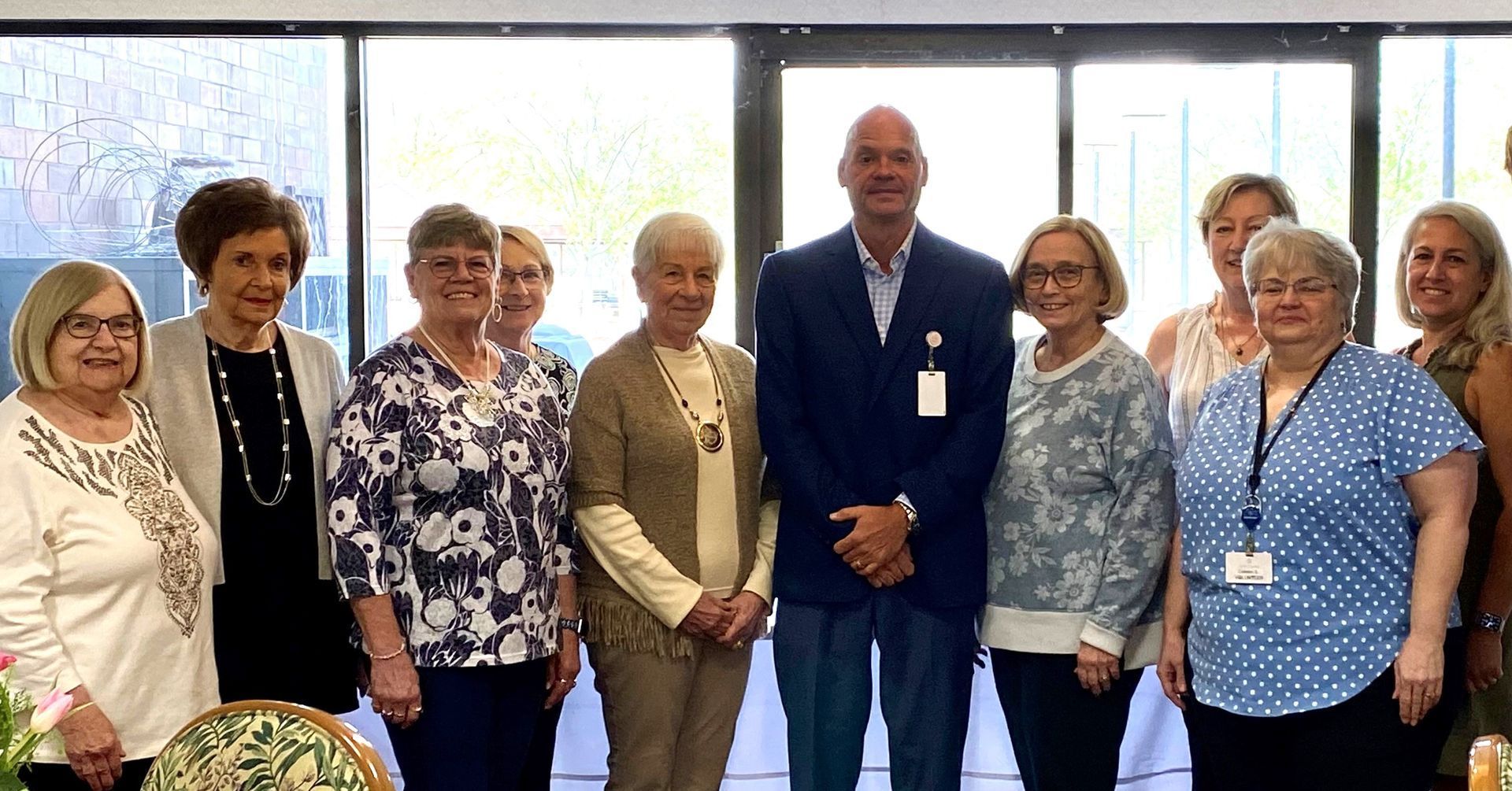
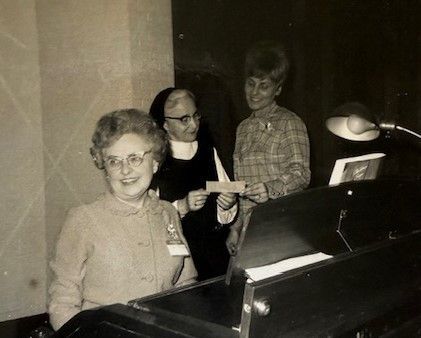
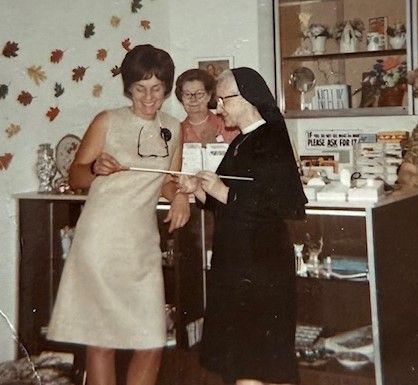
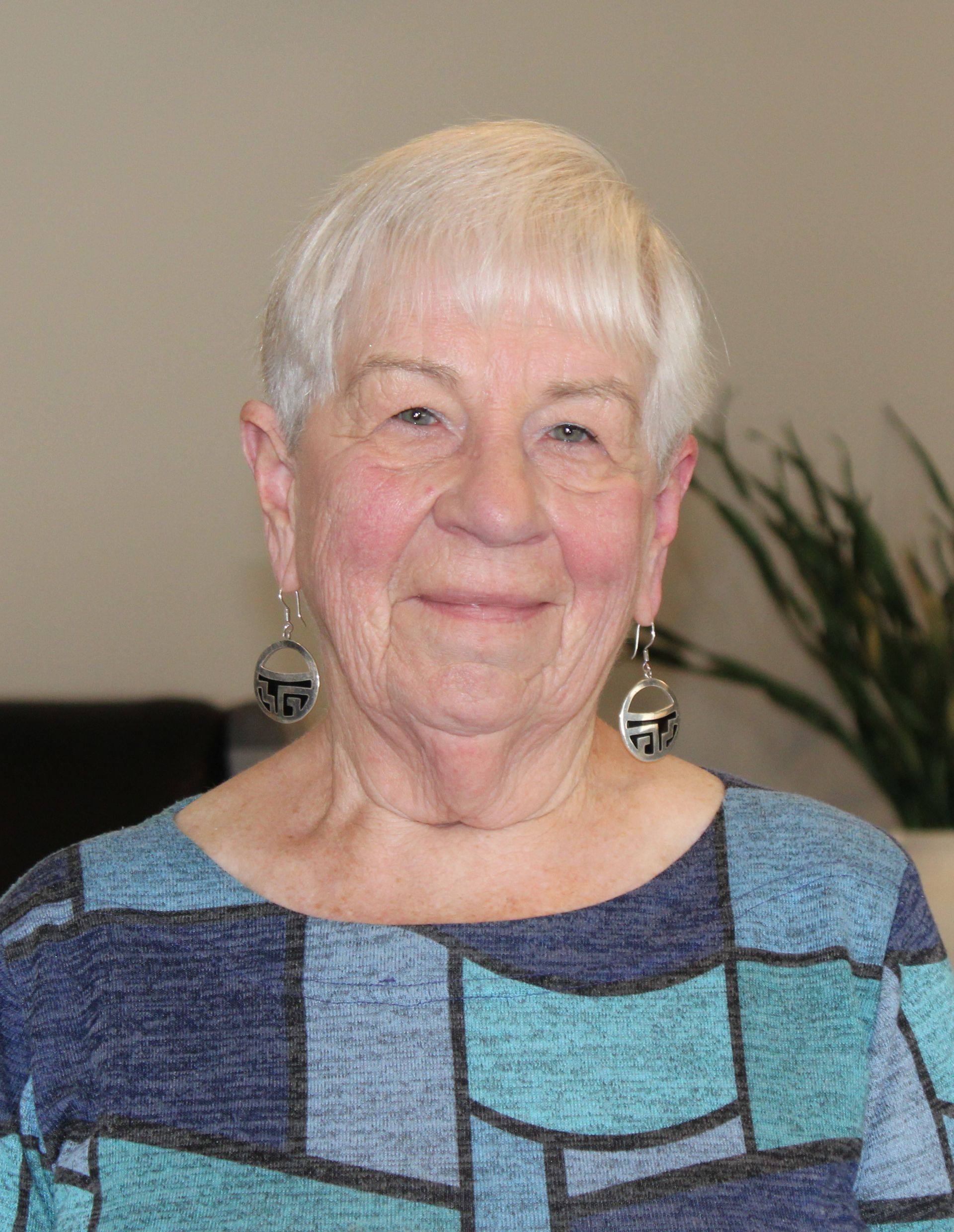
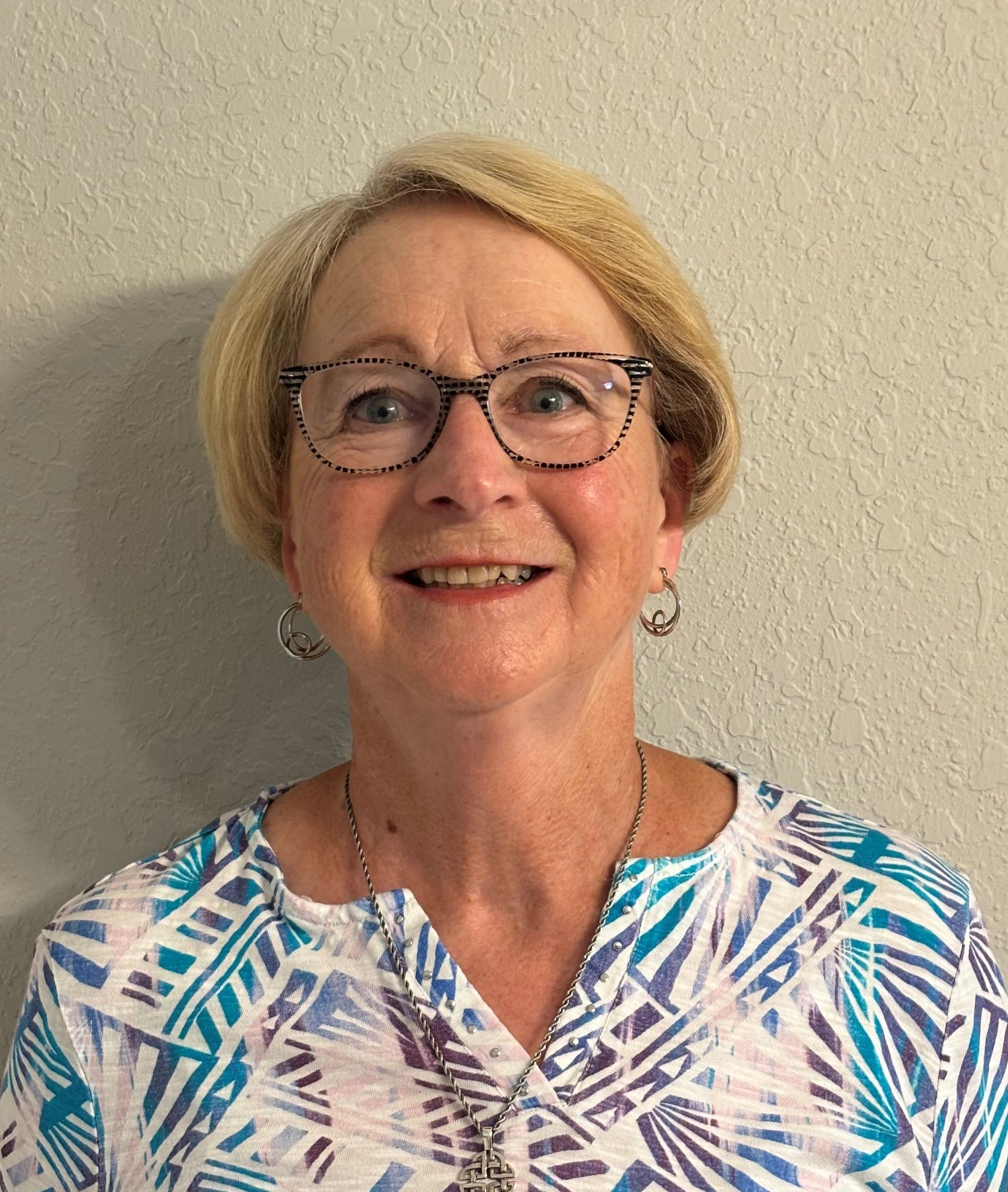
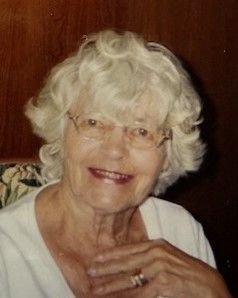
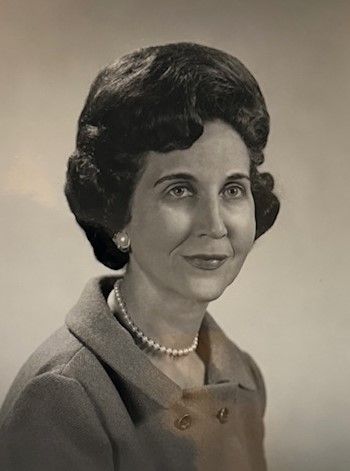
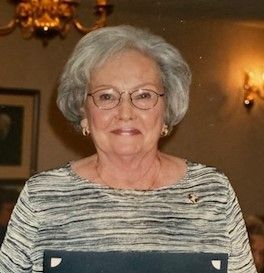
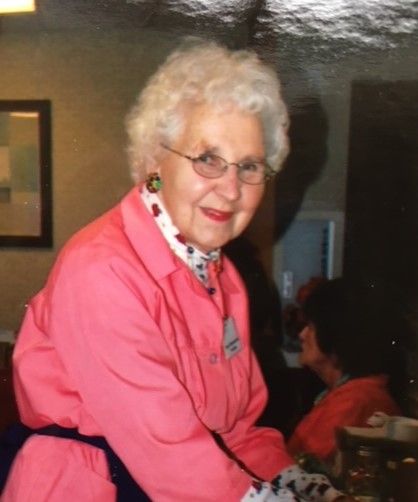
About
At Saint Therese, our heartfelt purpose since 1968 has been a people first approach to living well by providing senior care and services where every life we touch feels welcomed, respected, and heard. We achieve this by doing ordinary things with extraordinary love every single day. Contact us to learn more.
